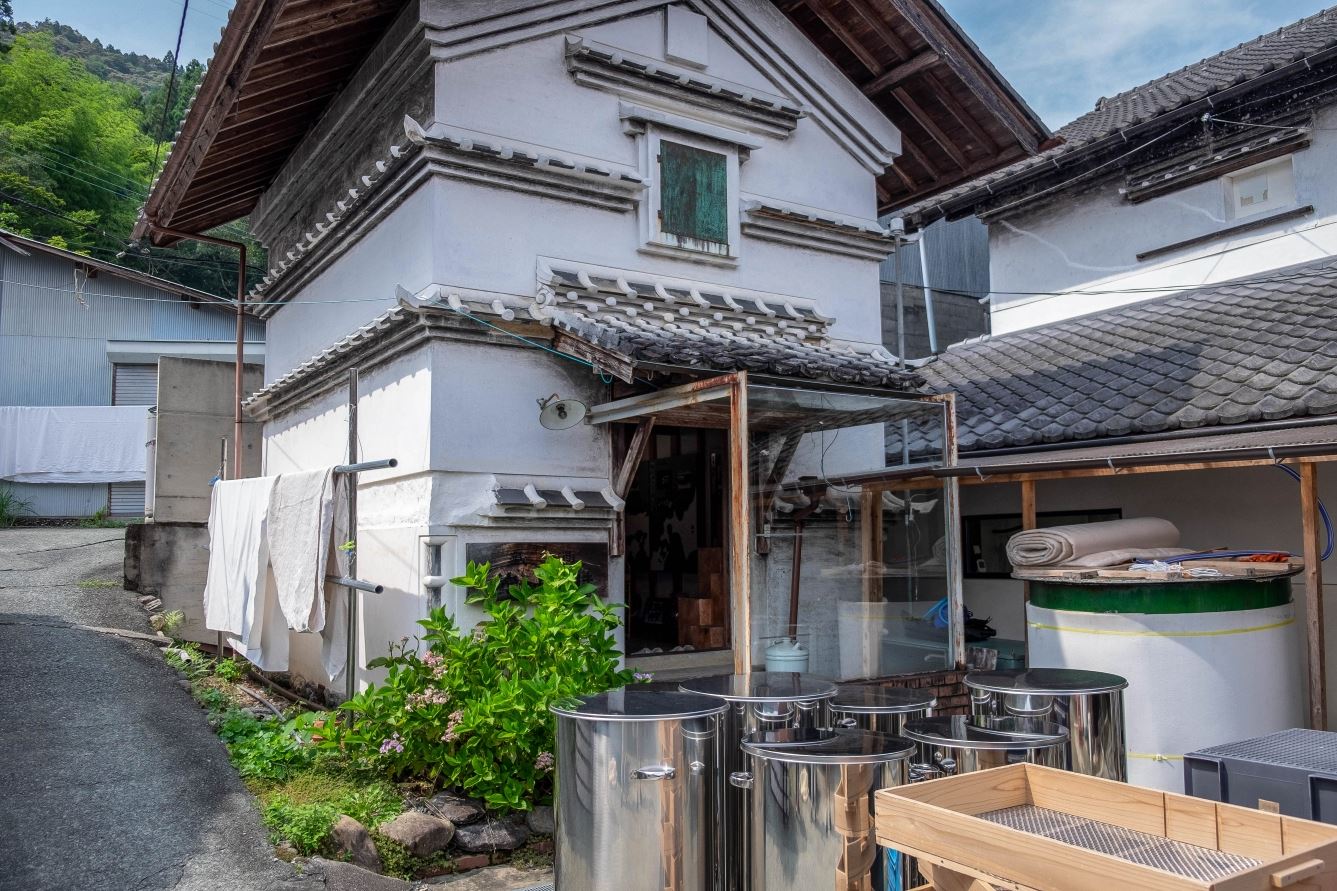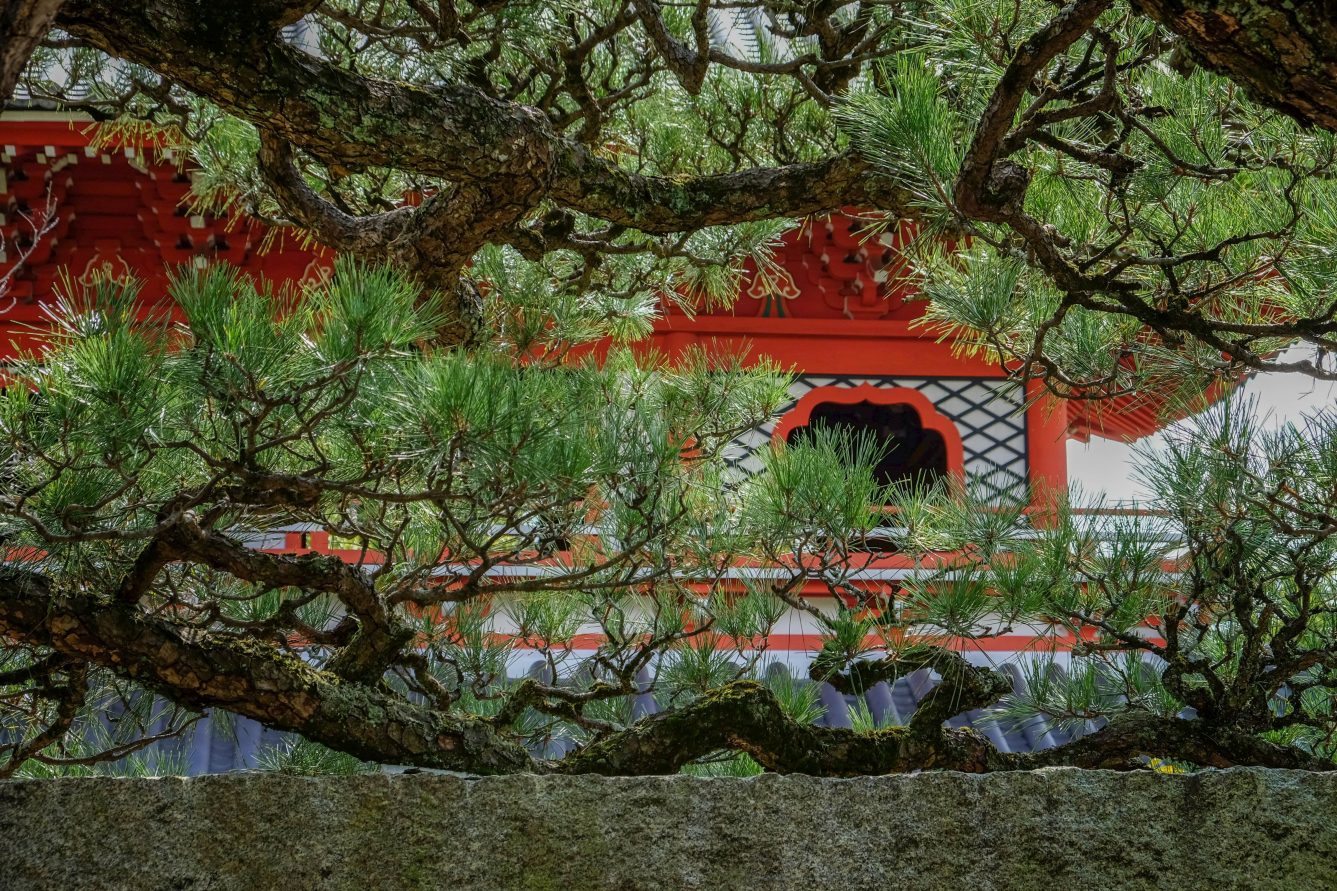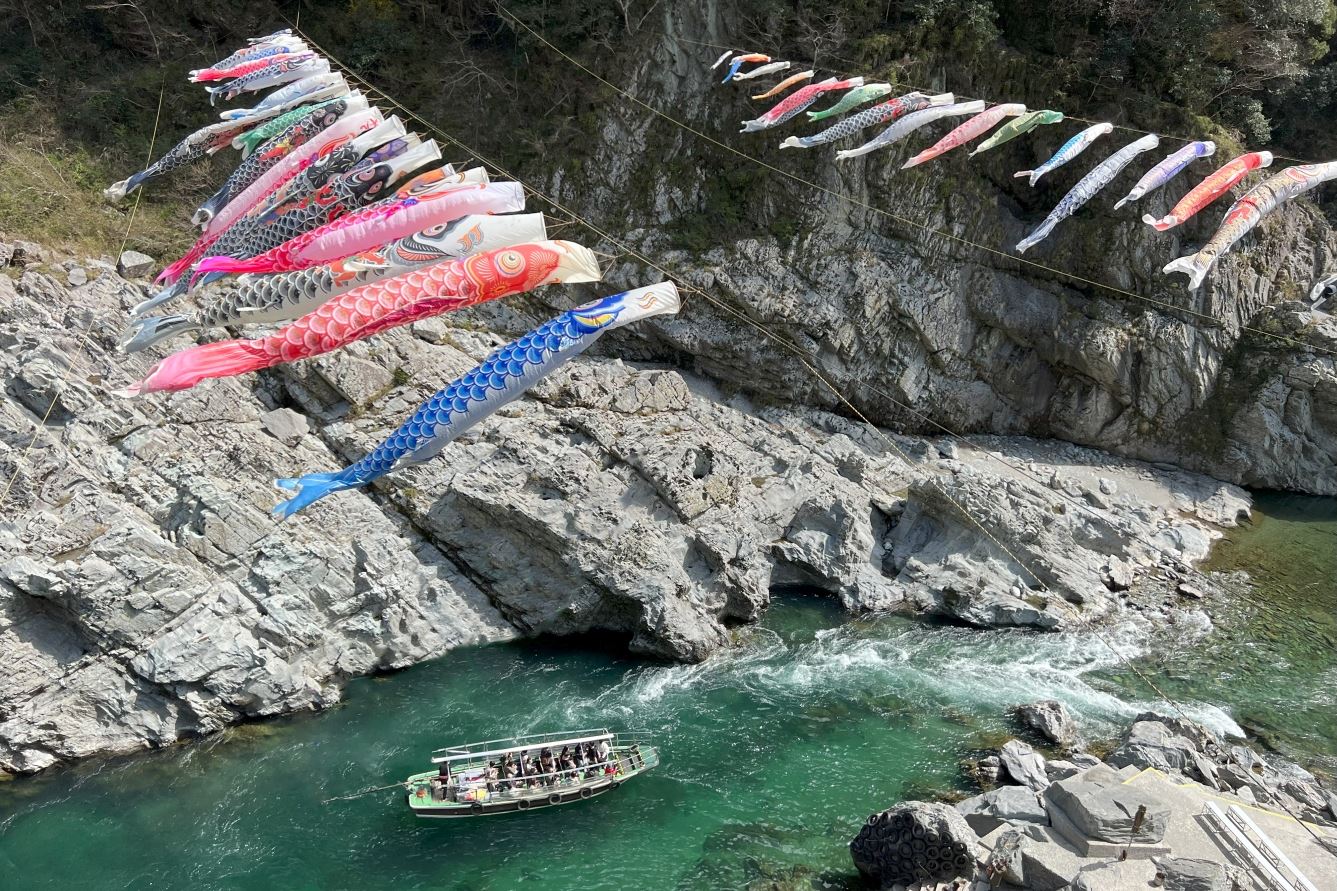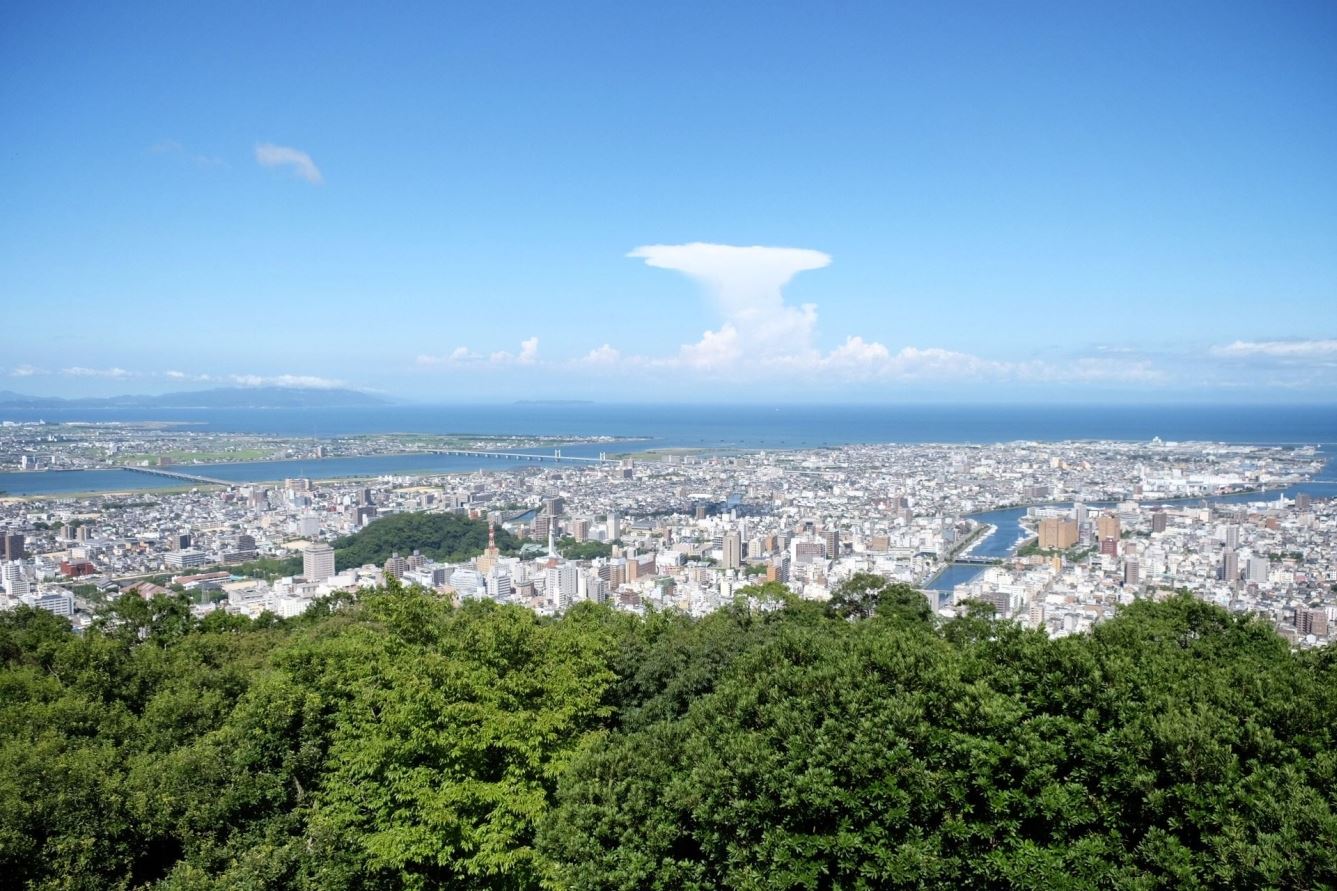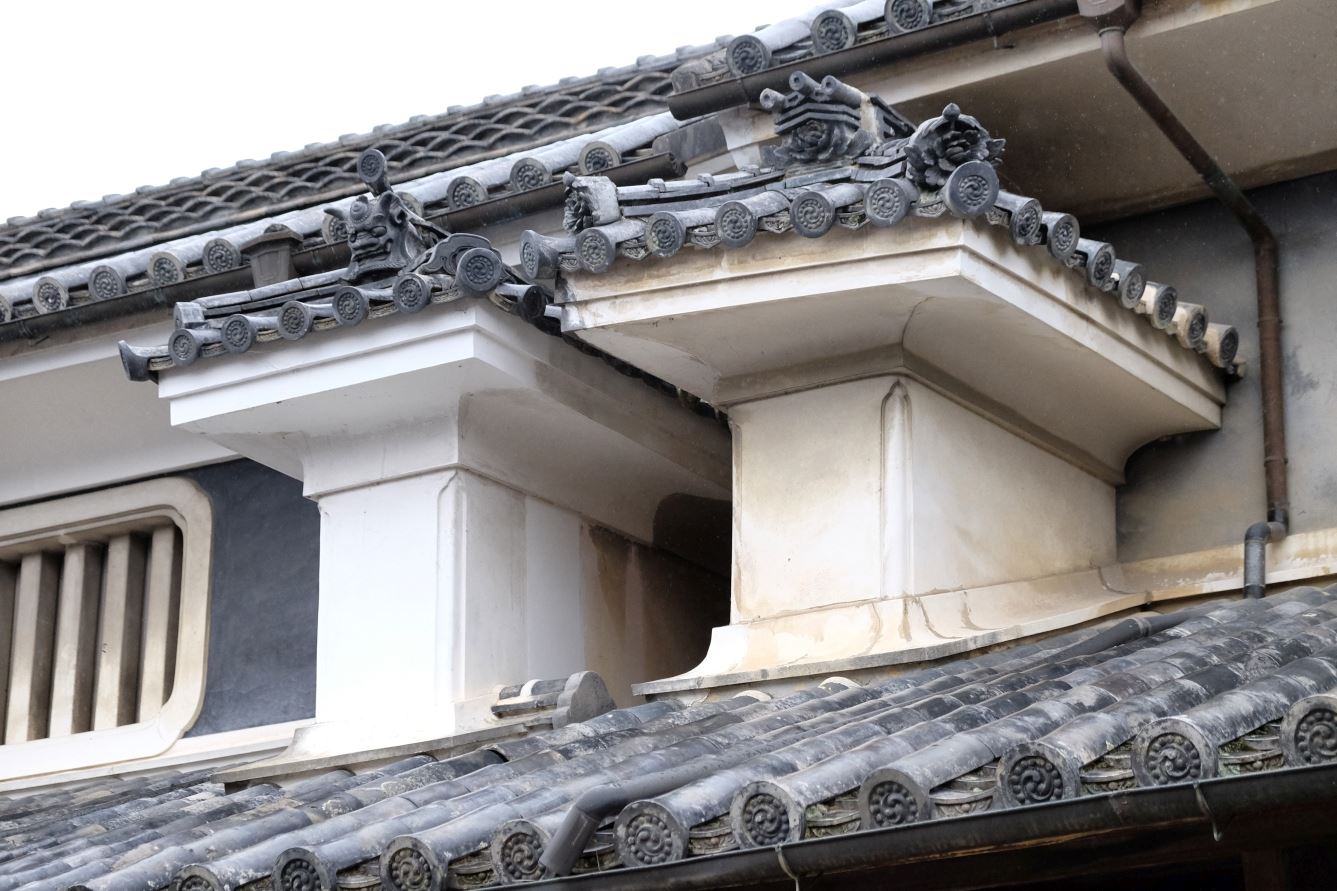Yoshino River
Home » Yoshino River
Yoshino River
The Yoshino River is the second longest river in Shikoku. It’s 194 km long and has a watershed of 3,750 km2, spreading over the four prefectures of the island. It’s regarded as one of the three greatest rivers of Japan and is nicknamed Shikoku Saburō, Saburō being a popular name for a third son. Its major tributaries include the Ananai, Iya, Dōzan, Sadamitsu, and Anabuki rivers.
The Yoshino rises from Mt. Kamegamori in Ino, Kōchi Prefecture and flows to the east. The Sameura Dam in Kōchi forms a reservoir that somewhat resembles a dragon. In Otoyo the river turns to the north and crosses the Shikoku Mountains. This part of the river is known for its world-class white-water river rafting. The gorge here, named Oboke Koboke, is a famous Tokushima Prefecture tourist attraction. Pleasure boats ply back and forth on this quiet stretch of water. The river has some submersible bridges which lack parapets in order not to be washed away by floods. They’re called ‘sensuikyo’ and they’re similar to the ‘chinkabashi’ bridges of the Shimanto River.
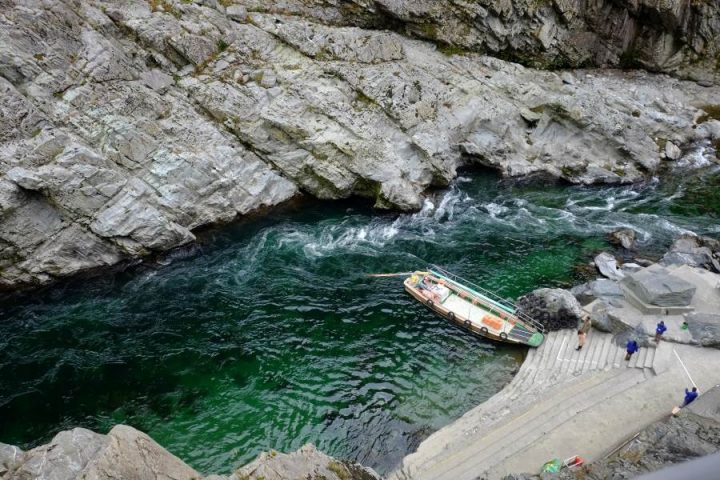
In Ikeda, the river turns to the east again where it’s dammed to form a reservoir. From here, water is diverted through a tunnel to provide water to rain-starved Kagawa Prefecture. After Ikeda, the Yoshino spreads out in the bottom of the great rift valley that cuts through the north-eastern part of Shikoku. Here, tobacco, indigo, and logging generated great wealth so that the merchant towns along this stretch of the river flourished. The beautiful and elaborate premises they built can still be enjoyed today.
The Yoshino pours into the Kii Channel at the north of Tokushima city. Cities including the word “shima” are typically built on estuaries formed of many small islands, and this applies to Tokushima too, which began as many small communities crowded onto these islands. Since there was nowhere large enough to hold the circular Bon Odori summer dances, the people of Tokushima danced over the bridges between islands. This was the origin of the Awa Odori dance, with numerous community groups processing through the city.
Information
Name in Japanese: 吉野川
Pronunciation: yoshinogawa
Address: Yoshino River
Related Tours

Experience the most beautiful and interesting temples of the Shikoku Pilgrimage in seven days.

A tour for families or friends, staying in the most characterful kominka and ryokan of Shikoku.

Visit the most beautiful and interesting temples of the Shikoku Pilgrimage and walk the toughest trails.

